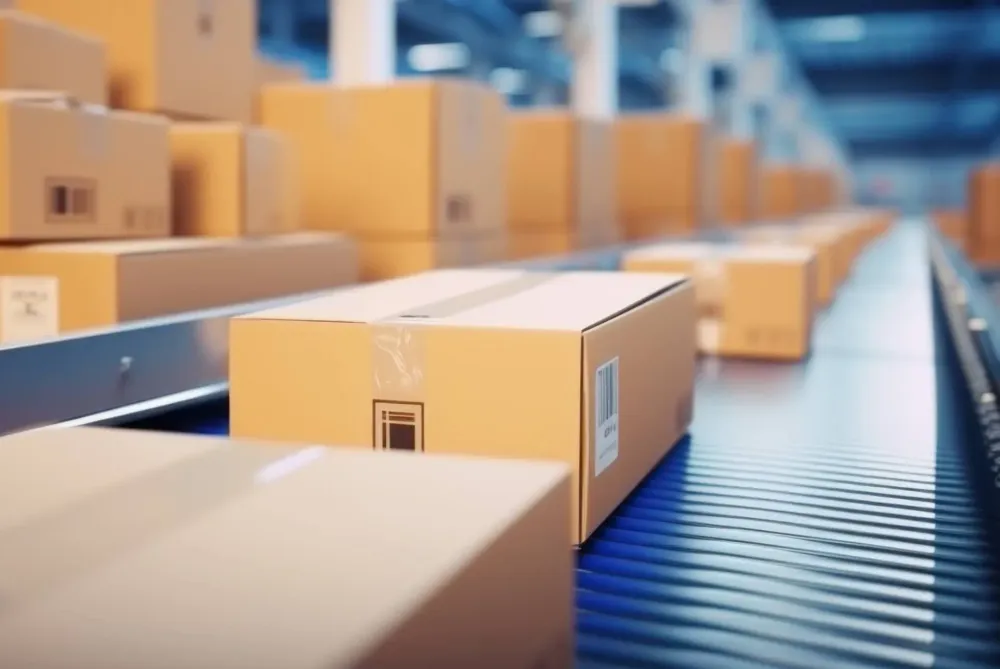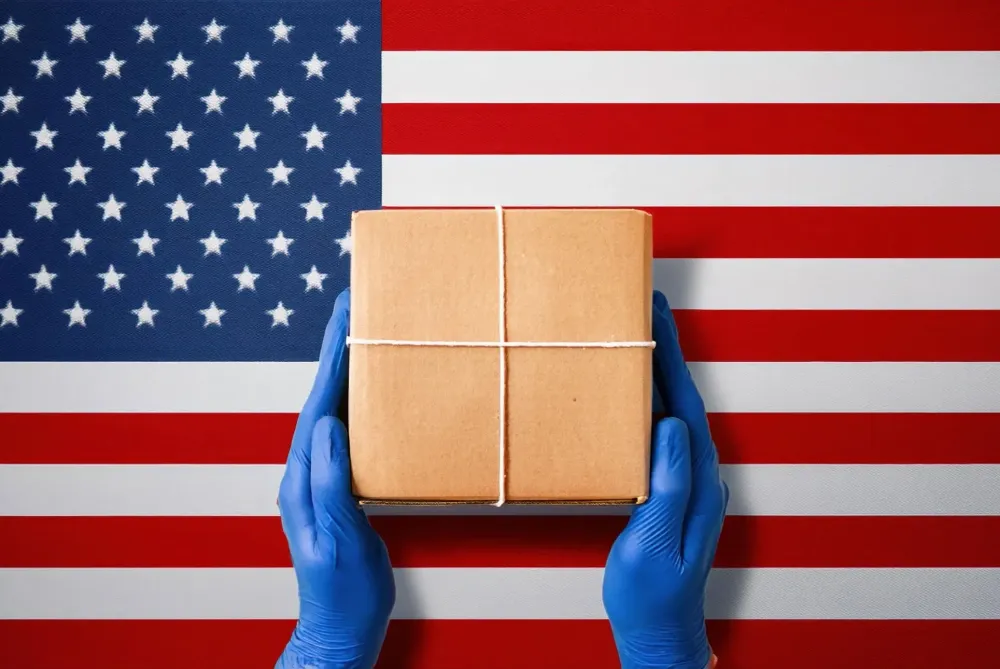International Shipping: 2025 Customs Rules Every E-Commerce Business Needs to Know
Shipping internationally is exciting, new markets, new customers, and more growth. But in recent years, customs regulations have tightened. And let’s be honest: without the right info, things can get messy.
Here’s everything you need to know about the latest customs changes, what they mean for your e-commerce shipments, and how to stay compliant, without the stress.
CN22 / CN23: What Are They and When Do You Need Them?
When shipping goods outside the EU, you need to declare what's inside your parcel. That’s done using one of two customs forms:
- CN22 – for packages worth less than 300 SDR (around €384 as of April 2025)
- CN23 – for anything above that value
💡 SDR (Special Drawing Rights) is a unit of account defined by the IMF, based on a basket of major international currencies (euro, dollar, yen, etc.).
These forms help customs authorities calculate duties and verify that everything is in order.
👉 A single mistake on the form, a vague description, the wrong ticked box, and your parcel might be delayed or even blocked. Details matter.
The New Customs Requirements: What You Must Know
The EU has introduced stricter customs rules. Here are the three main updates:
Accurate product descriptions
Vague terms like “clothing” or “accessories” no longer cut it. You need specific details:
✅ “Organic cotton T-shirt, size M”
❌ “Textile item”
Mandatory value declaration
Every item must have a declared value — even gifts, samples, or promotional items. Customs need that figure to calculate the correct taxes.
The country of origin must be declared
If your goods are manufactured outside the EU, that origin must be clearly stated. This also applies when shipping to EU countries.
Why these rules matter: 2024 by the numbers
📦 €326 billion: In 2023–2024, European cross-border e-commerce reached a record €326 billion in turnover, marking a 32% year-on-year increase. (source: Cross-Border Commerce Europe)
📈 €741 billion: The total B2C online turnover for goods in Europe reached €741 billion, a 13% increase compared to 2022. (source: Fibre2Fashion)
🚀 97.3% cross-border shoppers: By 2025, it's projected that 97.3% of online shoppers in Europe will engage in cross-border transactions, underscoring the growing importance of international e-commerce. (source: Cross-Border Commerce Europe)
These figures underscore the critical role of efficient customs processes and accurate documentation in ensuring timely deliveries and maintaining customer satisfaction in the expanding cross-border e-commerce landscape.
How to handle All this without losing your mind
Here are some simple best practices to keep your international shipments running smoothly:
- Get your product sheets in order Make sure every product has a clear, accurate description, with the correct value and country of origin listed.
- Automate your customs paperwork Use tools that generate CN22/CN23 forms automatically; you avoid human errors and save time.
- Stay on top of regulation updates Customs rules change. Set up alerts or subscribe to trusted sources so you’re always up to date.
So, where does ParcelRush come in?
We get it — international shipping is complicated. That’s why ParcelRush makes it easy by:
- Automatically generating all required customs forms
- Ensuring compliance with the latest rules
- Centralising all your shipments (EU and non-EU) in one place
- Giving you a full view of your cross-border activity
Whether you're scaling up or just starting with international orders, ParcelRush helps you keep your shipping smooth, compliant, and cost-effective.



